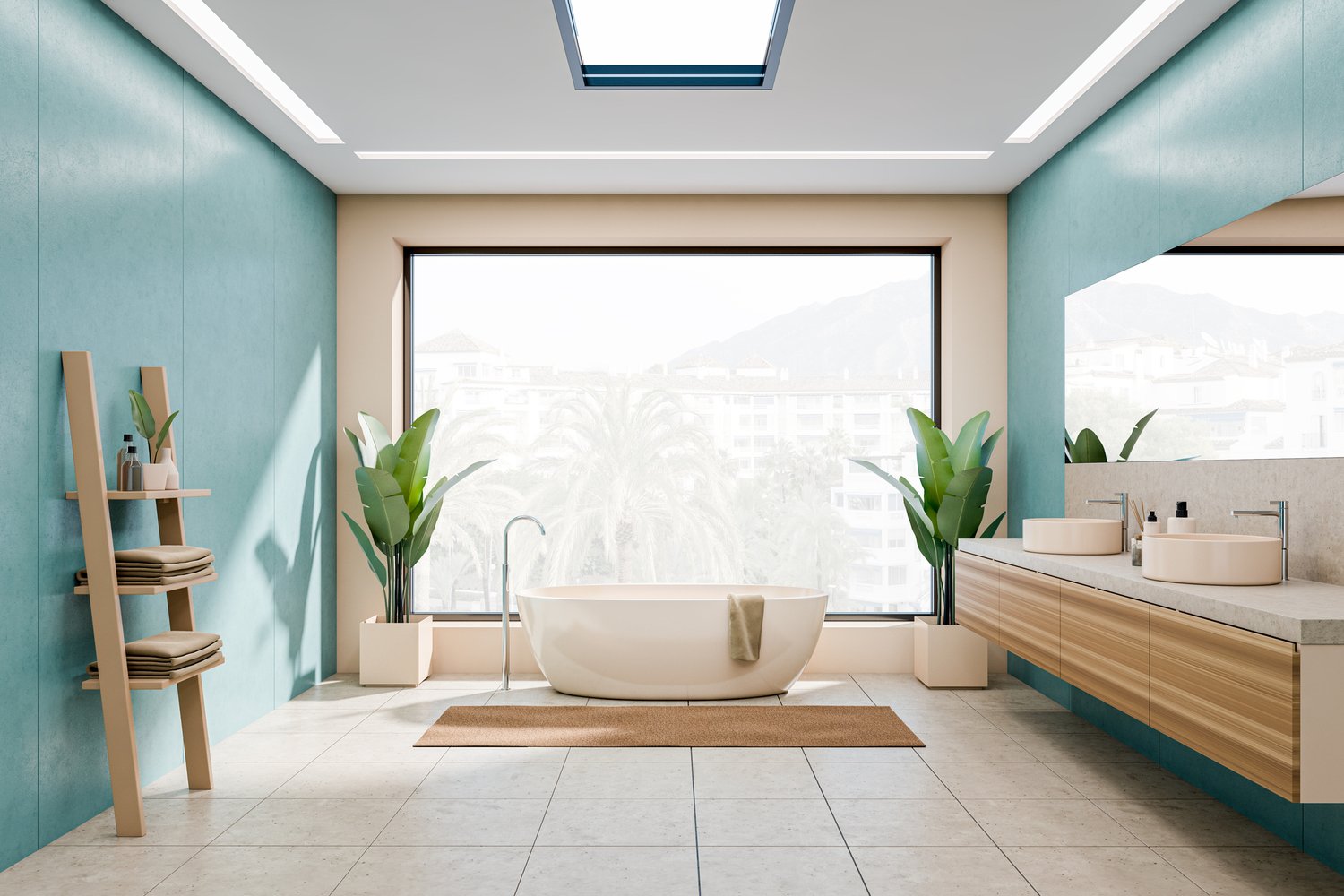When it comes to modern flooring solutions, Luxury Vinyl Tile (LVT) has rapidly risen to become one of the most sought-after options for homeowners and designers alike. This versatile flooring material offers the appearance of natural materials like hardwood or stone while providing practical benefits that traditional options can’t match. In this comprehensive guide, we’ll explore the advantages and disadvantages of LVT flooring, helping you determine if this popular choice is the right fit for your next home improvement project.
What Exactly Is LVT Flooring?
Luxury Vinyl Tile, commonly known as LVT, is a synthetic flooring product made from multiple layers of PVC vinyl with a highly realistic photographic layer and protective coating. Unlike traditional vinyl flooring of decades past, modern LVT flooring pros cons discussions often highlight its superior construction. The core layers provide stability and durability, while the top wear layer protects against scratches, stains, and fading. Many homeowners are surprised by how accurately LVT can mimic the look of natural materials, with detailed embossing techniques that can replicate the texture of wood grain or stone surfaces.
Today’s luxury vinyl tile benefits from advanced manufacturing technologies that create incredibly realistic appearances while maintaining practical advantages that natural materials simply cannot offer. Available in planks (often called LVP) or tiles, this flooring solution has transformed the market by providing an affordable alternative to high-maintenance natural materials.
The Advantages of LVT Flooring
The durability of LVT is perhaps its most celebrated feature. Durable vinyl flooring is designed to withstand the challenges of busy households, making it ideal for high-traffic areas like entryways, kitchens, and family rooms. Most quality LVT products feature wear layers ranging from 12-20 mil in thickness, with commercial-grade options offering even more protection. This durability translates to a lifespan of 10-20 years when properly maintained.
Water resistance is another significant benefit that draws many homeowners to LVT. Waterproof LVT options are completely impervious to moisture, making them suitable for bathrooms, kitchens, and basements where other flooring materials might fail. Unlike hardwood, which can warp and swell when exposed to moisture, or laminate, which can deteriorate when wet, LVT maintains its integrity even in humid or damp environments. This water-resistant quality has made LVT increasingly popular in regions with high humidity or in homes where spills are common.
Installation ease is yet another advantage worth noting. Many LVT products feature click-lock systems that allow for floating installation without adhesives. This user-friendly approach has made LVT a favorite among DIY enthusiasts, though professional installation is always recommended for the best results. As recommended by experts at AskHomey, proper installation is crucial for maximizing the longevity and performance of any flooring material.
Comfort underfoot shouldn’t be overlooked when discussing luxury vinyl tile benefits. Unlike ceramic tile which can feel cold and hard, LVT offers a slightly resilient surface that’s warmer and more comfortable to stand on for extended periods. Many premium LVT products also include built-in underlayment that further enhances comfort and reduces noise transmission.
The Disadvantages to Consider
Despite its many advantages, LVT flooring pros cons analysis must include some potential drawbacks. Environmental concerns top the list for many conscientious consumers. As a petroleum-based product, LVT isn’t biodegradable and produces volatile organic compounds (VOCs) during manufacturing. While many manufacturers have made significant strides in reducing environmental impact through recycling programs and low-VOC formulations, LVT cannot match the sustainability credentials of natural materials like bamboo or cork.
Property value considerations may also influence your decision. While durable vinyl flooring offers practical benefits, it typically doesn’t add as much resale value to a home as natural hardwood flooring. Real estate professionals often note that buyers perceive natural materials as more premium options, which could affect your return on investment if you plan to sell your home in the near future.
Repair challenges present another potential downside. When damaged, waterproof LVT can be difficult to repair in just one section, often requiring replacement of entire planks or tiles. This contrasts with hardwood, which can be sanded and refinished multiple times throughout its lifespan. Additionally, if a floating LVT floor is installed, accessing and replacing damaged pieces in the middle of a room can be particularly challenging.
Temperature sensitivity is worth mentioning as well. LVT can expand and contract with temperature changes, requiring appropriate expansion gaps during installation. In areas with extreme temperature fluctuations or direct sunlight exposure through large windows, this characteristic could potentially lead to problems over time.
Is LVT Right for Your Home?
The decision to install LVT should be based on your specific needs, budget, and lifestyle. If durability, water resistance, and low maintenance are your priorities, LVT likely deserves serious consideration. The modern luxury vinyl tile benefits from technological advancements that have dramatically improved its appearance and performance, making it suitable for nearly any room in your home.
However, if environmental impact is your primary concern or if you’re looking for flooring that will maximize your home’s resale value, you might want to explore other options. Every flooring material involves trade-offs, and understanding the LVT flooring pros cons will help you make an informed decision that you’ll be happy with for years to come.
For more tips and to connect with reliable home service professionals, follow AskHomey on Facebook and Instagram.



